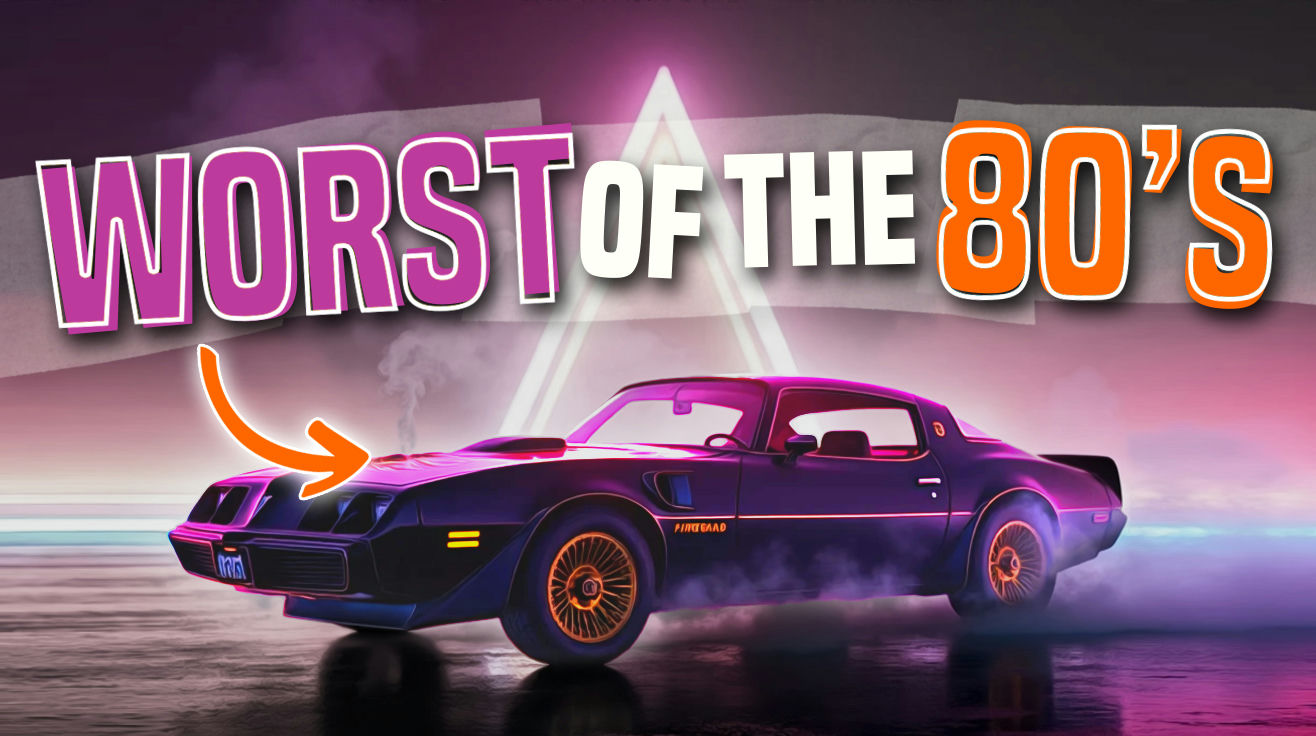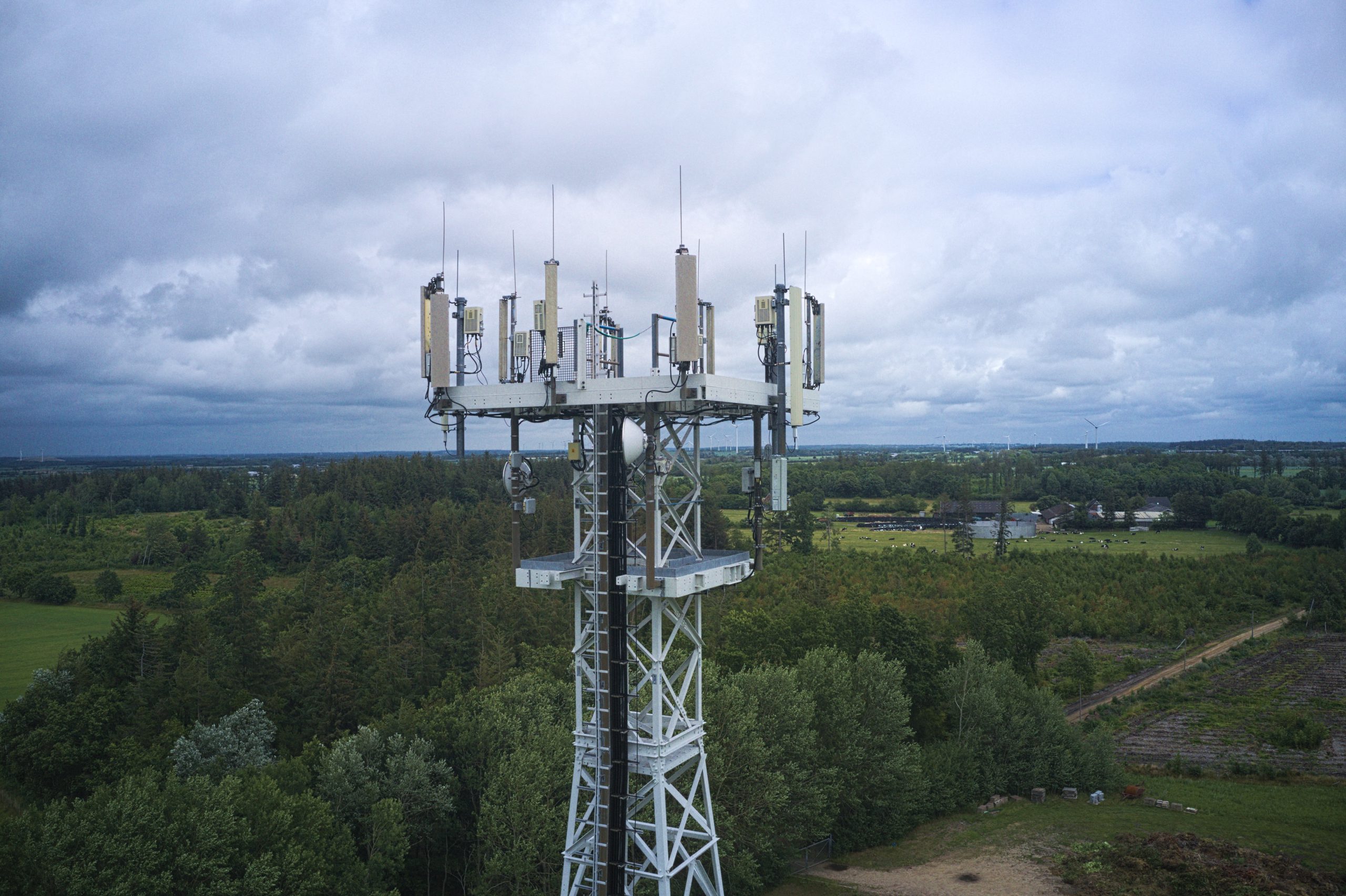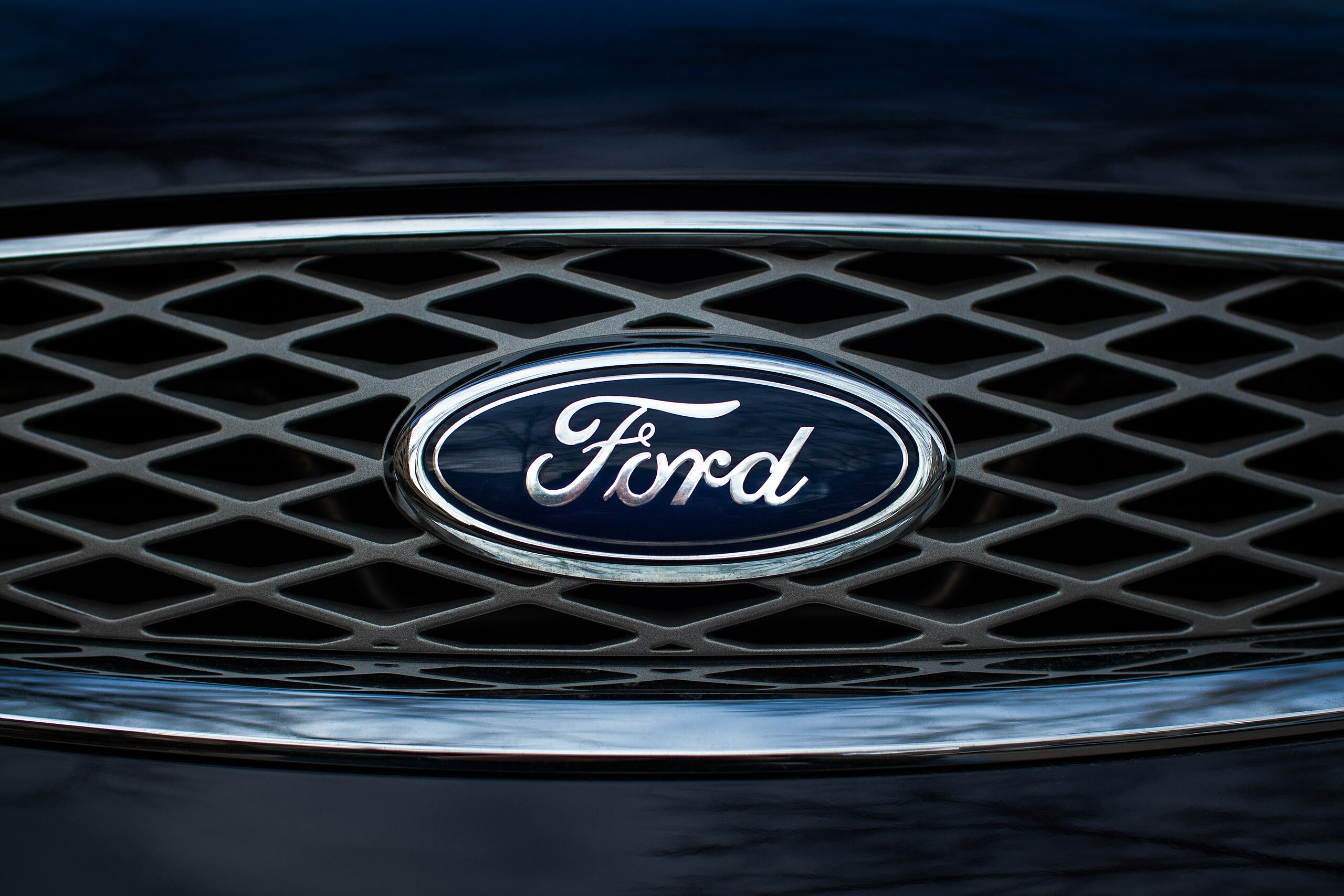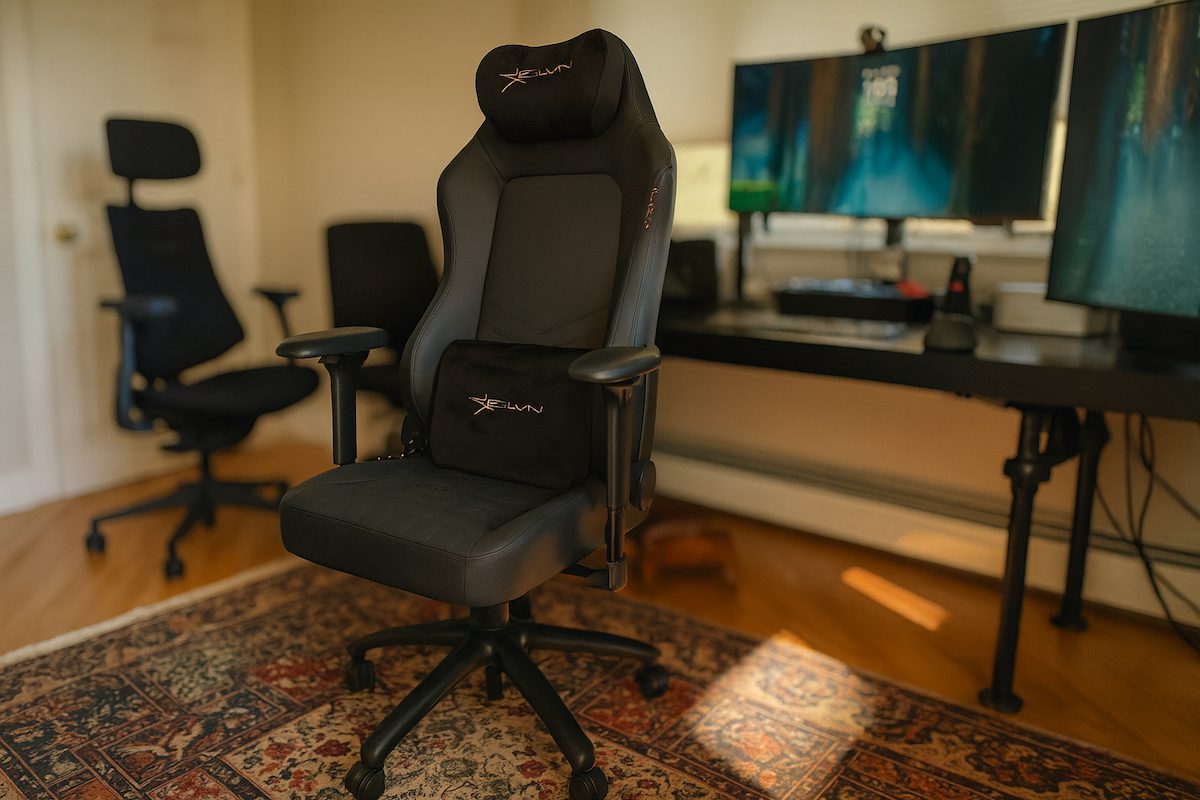Detroit muscle once promised thunder under the hood, but the early ’80s delivered more wheeze than roar. Choked by emissions rules, fuel crises, and rushed engineering, automakers stuffed their icons with engines better suited for economy cars than quarter-mile glory. The result: legends like the Camaro and Mustang stumbled through a lost decade of sluggish sprints and underwhelming horsepower. These weren’t just disappointing cars—they were cultural letdowns, reminders of how far America’s muscle had fallen. Here are the misfires that defined the era’s horsepower drought.
6. The Iron Duke Disaster (Exterior)
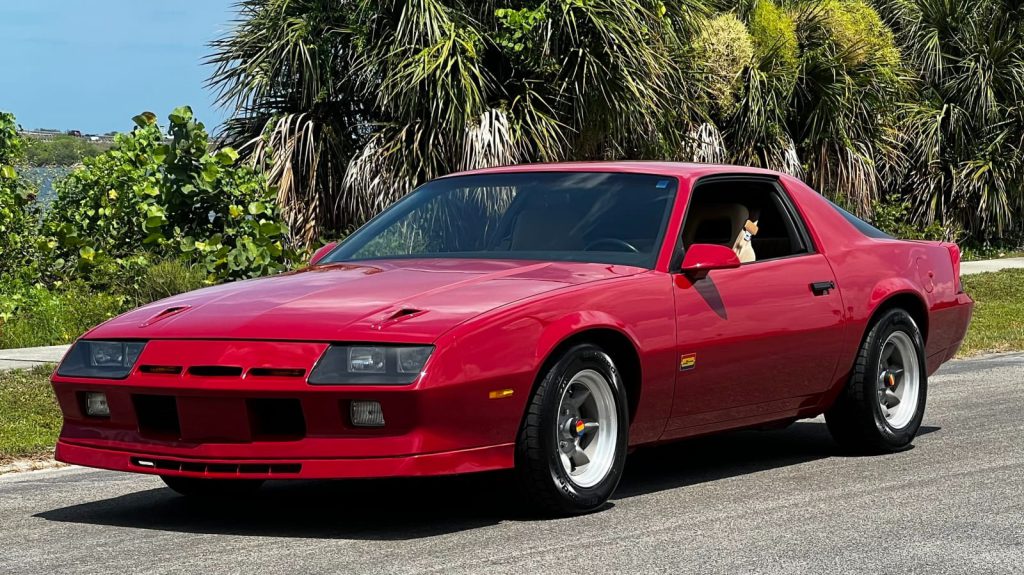
The 1982 Chevrolet Camaro Iron Duke stands as perhaps the most spectacular muscle car misfire in automotive history. Chevy’s decision to stuff a 2.5L “Iron Duke” inline-4 engine—originally designed for compact cars—into their iconic Camaro resulted in a machine producing just 90 horsepower and 132 lb-ft of torque.
The Iron Duke Disaster (Interior)
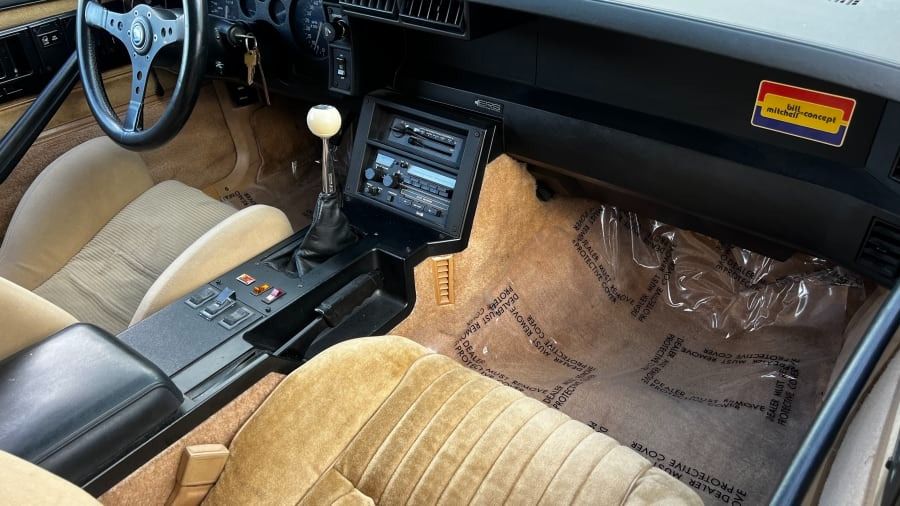
This engineering choice delivered acceleration times that would make a glacier impatient: over 20 seconds to reach 60 mph. Even its modest fuel economy of around 24 mpg combined couldn’t justify the complete abandonment of everything the Camaro nameplate represented.
5. Ford’s False Startw3 (Exterior)
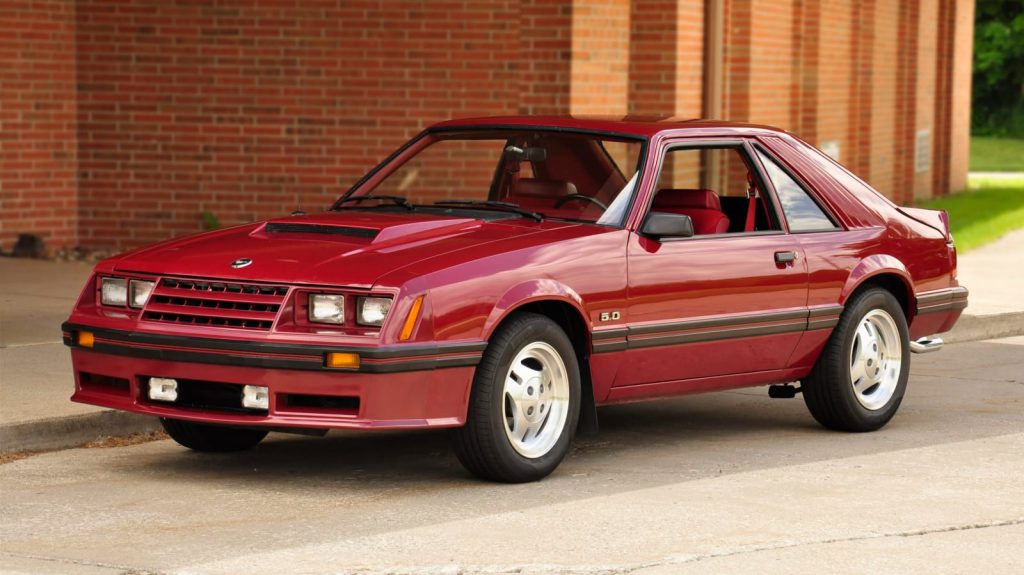
Ford’s 1982 Mustang GT attempted to revive the legendary badge with a 5.0L V8, but early iterations managed only 157 horsepower and 240 lb-ft of torque. The 0-60 mph sprint took approximately 8.2 seconds—respectable for a minivan, embarrassing for a muscle car.
Ford’s False Startw3 (Interior)
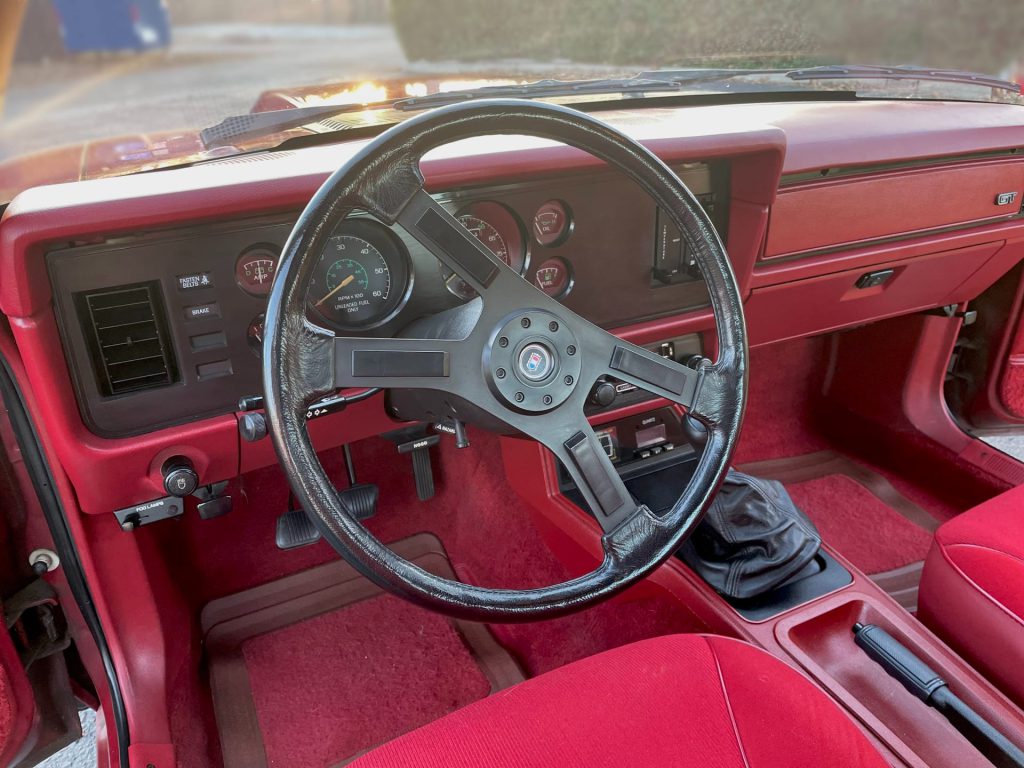
While the Fox Body platform’s lightweight construction offered improved handling, genuine Mustang performance wouldn’t return until the decade’s final years. Anyone expecting classic muscle car thrills got a lesson in patience instead.
4. Pontiac’s Turbo Troubles (Exterior)
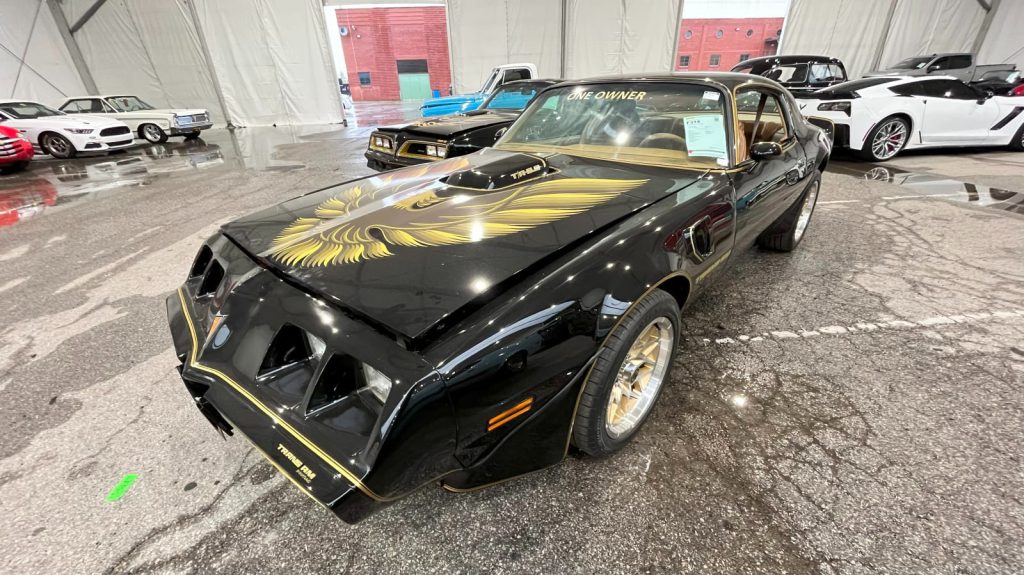
The 1981 Pontiac Trans Am featured a turbocharged 4.9L V8 generating 200 horsepower, but turbo lag and poor throttle response masked any performance potential. Real-world acceleration disappointed at around 7.5 seconds to 60 mph, making it emblematic of the era’s power shortage.
Pontiac’s Turbo Troubles (Interior)
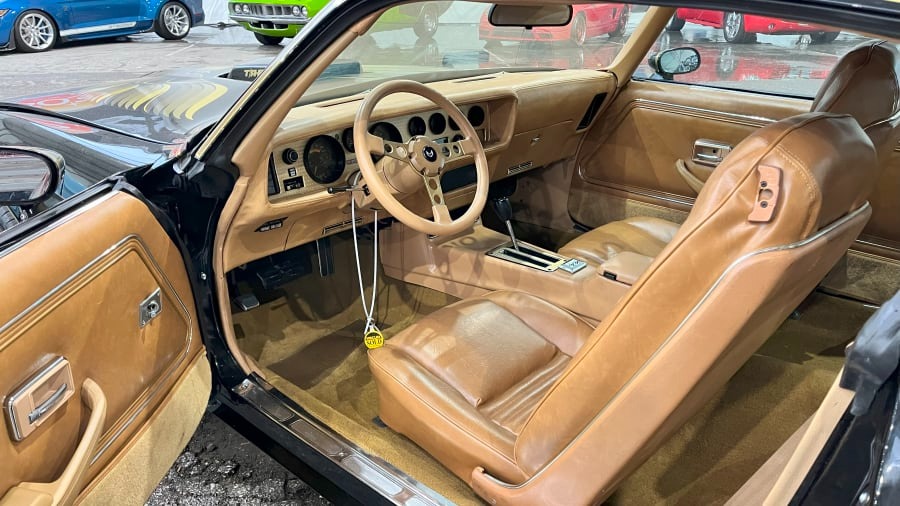
Despite maintaining the Trans Am’s iconic aggressive styling and distinctive features, this model became a rolling reminder that looking fast and being fast weren’t the same thing.
3. The Luxury Muscle Contradiction (Exterior)
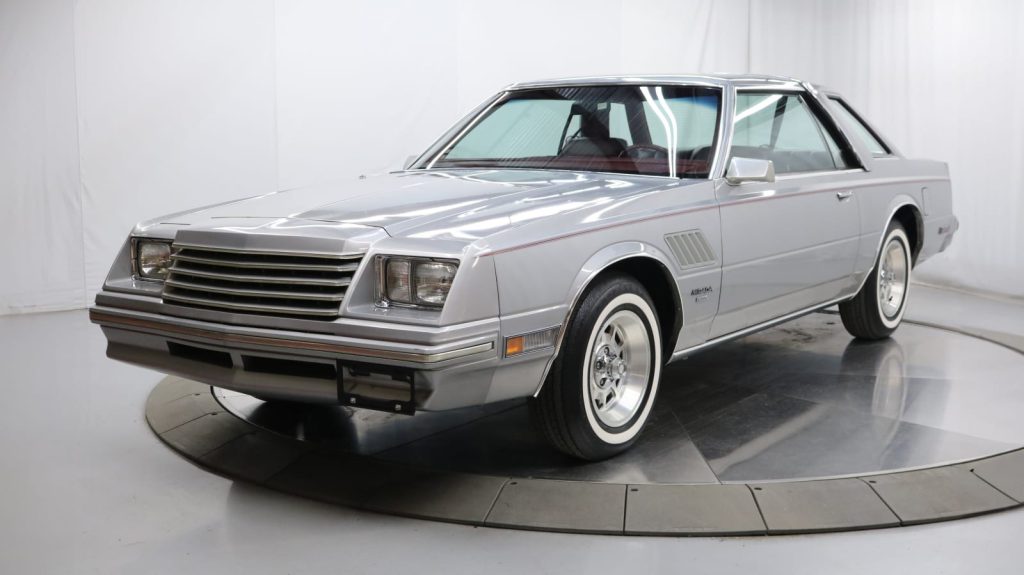
The 1980 Dodge Marada CMX promised a fusion of muscle and luxury but delivered neither convincingly. Its 5.9L V8 managed only 185 horsepower and required more than 10 seconds to reach 60 mph.
The Luxury Muscle Contradiction (Interior)
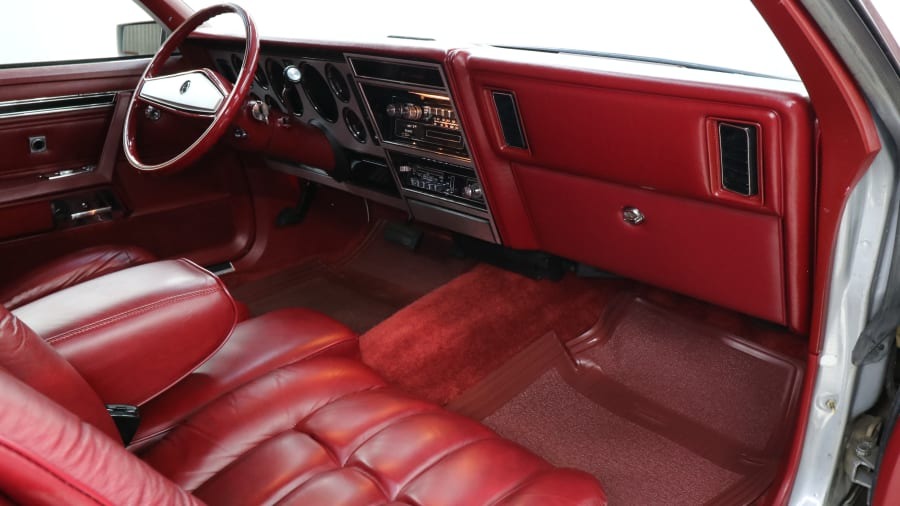
Heavy curb weight and comfort-focused suspension tuning eliminated any sporting pretensions, while the bold aesthetic couldn’t compensate for performance that would embarrass a modern family sedan.
2. Mercury’s Identity Crisis (Exterior)
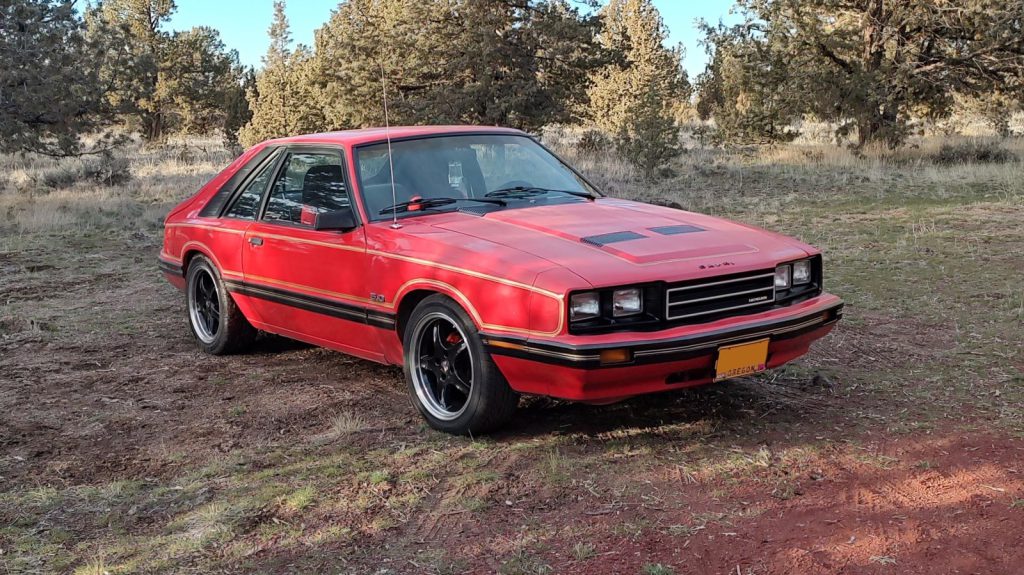
Based on the Fox Body Mustang platform, the 1983 Mercury Capri RS came equipped with a 5.0L high-output V8 producing 175 horsepower and 270 lb-ft of torque. Decent handling updates couldn’t overcome middling acceleration of 8.5 seconds to 60 mph.
Mercury’s Identity Crisis (Interior)
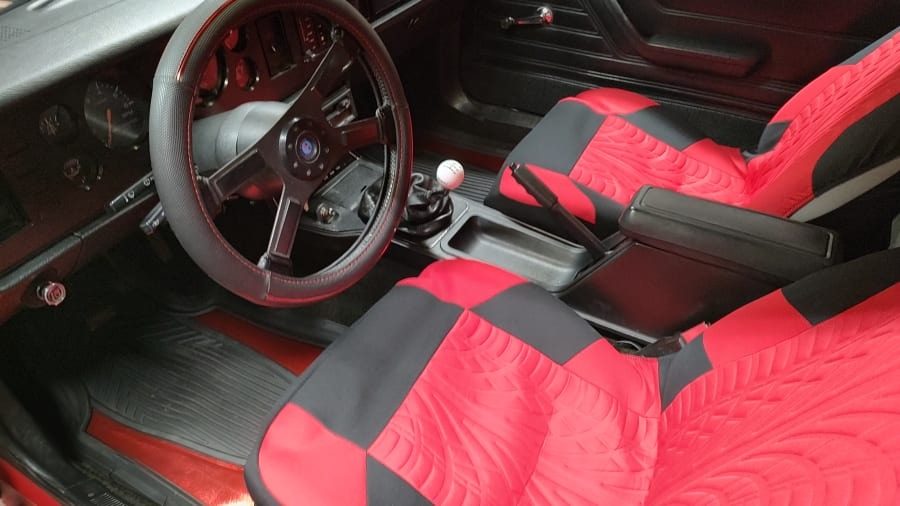
More problematically, the Capri lacked any distinct identity that would justify choosing it over its Mustang sibling, relegating it to automotive footnote status.
1. The Turbo That Couldn’t (Exterior)
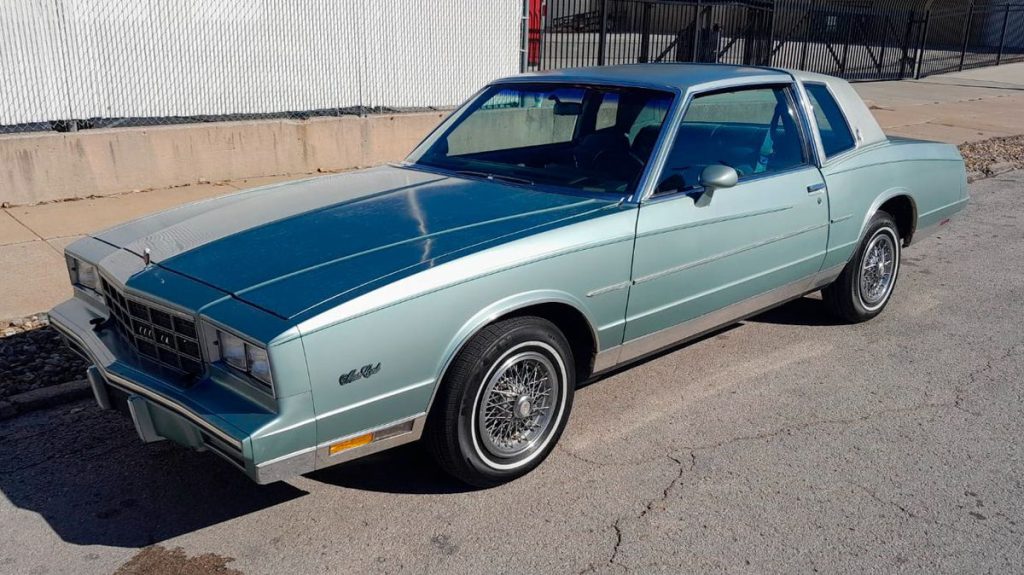
The 1981 Chevrolet Monte Carlo Turbo employed a 3.8L turbocharged V6 generating 170 horsepower and 250 lb-ft of torque. Unfortunately, reliability issues plagued the turbo system, while disappointing acceleration of 9.5 seconds to 60 mph left muscle car enthusiasts cold.
The Turbo That Couldn’t (Interior)
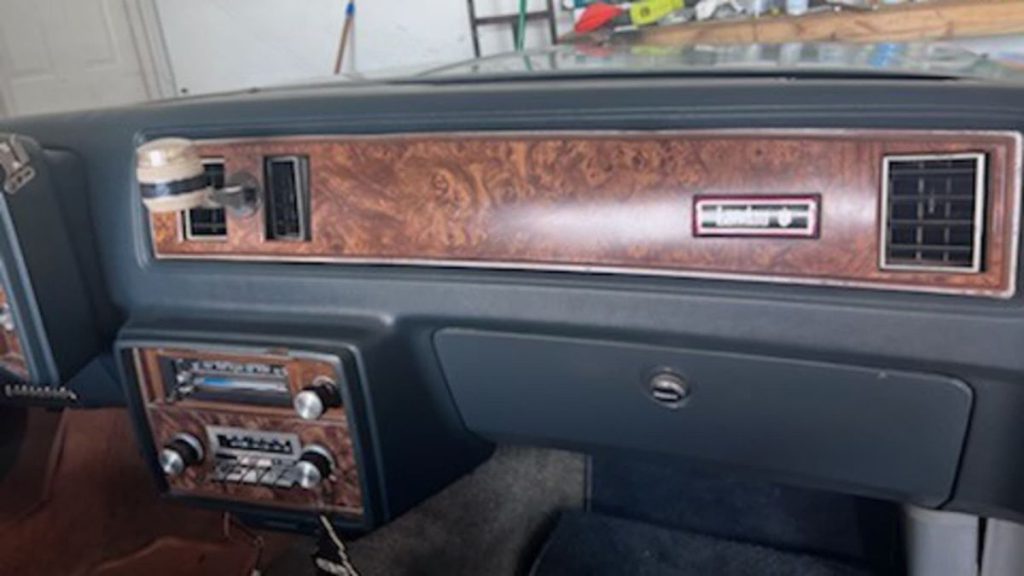
Turbocharging technology simply wasn’t mature enough for mainstream performance applications, making the Monte Carlo a cautionary tale rather than a success story.


